
Interior
Despite its slim size, the Core G3 can actually house a decent system. To start with, the front two fan mounts can house a 240mm radiator up to 30mm thick and Thermaltake's own press shots show a pump and reservoir mounted on top of the PSU (not for the faint-hearted), meaning that fully custom water-cooled builds are definitely a possibility. Of course, there's plenty of scope for using any of the slim radiator 240mm AIO liquid coolers out there too.Click to enlarge
As an aesthetic tweak and to keep the chassis as slim as possible, Thermaltake has included a PCI-E riser cable that allows you to mount the graphics card on its side, parallel to the motherboard. This means that whether the card is air or liquid-cooled, it should look great through the side window, and there's a row of vents in the side panel above the window to allow air-cooled cards to breathe too. As there's no support from the motherboard's 16x PCI-E slot, the case uses a screw-in support that sits around the end of the graphics card's PCB.
Click to enlarge
The case is at home with either mini-ITX, micro-ATX or ATX motherboards, but there's only space to house the graphics card using the riser cable, so while the case can support ATX motherboards, it's not quite as flexible as a normal ATX case, as you won't be able to use soundcards and the like.
Click to enlarge
Two fans are included as standard - two 120mm models that are located in the front of the case. Depending on the hardware you'll be installing, we'd possibly be tempted to shift one of these to the roof for balanced airflow, but for testing we left both fans in the front. As well as leading to some head scratching as to which of our test systems to use, the CPU cooler height limitation of just 110mm does mean that there's a big gap in potential cooling. You either opt for a low-profile cooler, and the modest cooling these usually provide, or you go for an all-in-one liquid cooler.
Click to enlarge
Storage is fairly basic, with the option of using an SSD and hard disk using the two 3.5in/2.5in mounts located in the front of the case. These can only be accessed by removing the front panel, probably because once the PSU is installed, there's not enough room to pull out the drive bays into the case. Thankfully the front panel is easy to remove so this isn't much of an issue.
Slightly more of an issue is the cable routing - it's practically non-existent and there are very few places to hide cables. Thankfully, those that come with SFX PSUs are usually fairly short so combined with most being modular now too, it should mean that generous use of cable ties will allow you to build a relatively neat system.

MSI MPG Velox 100R Chassis Review
October 14 2021 | 15:04

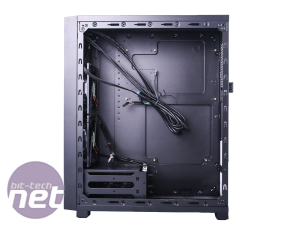
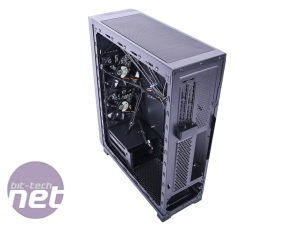
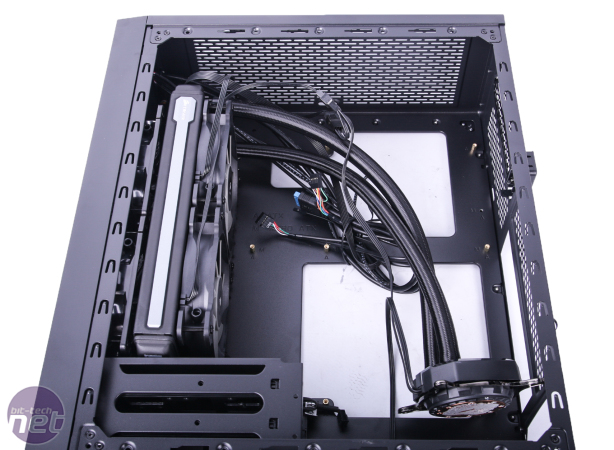
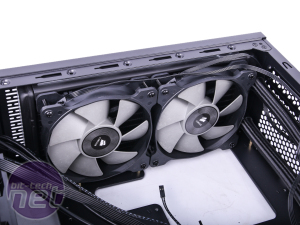
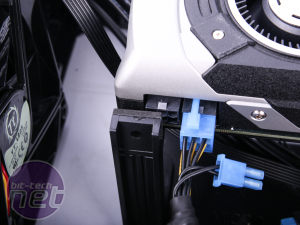
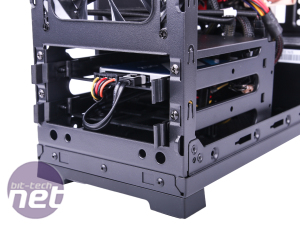
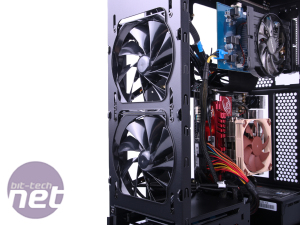
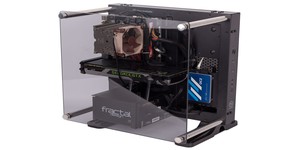
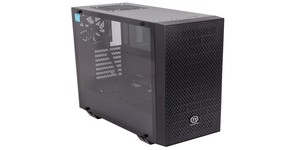





Want to comment? Please log in.